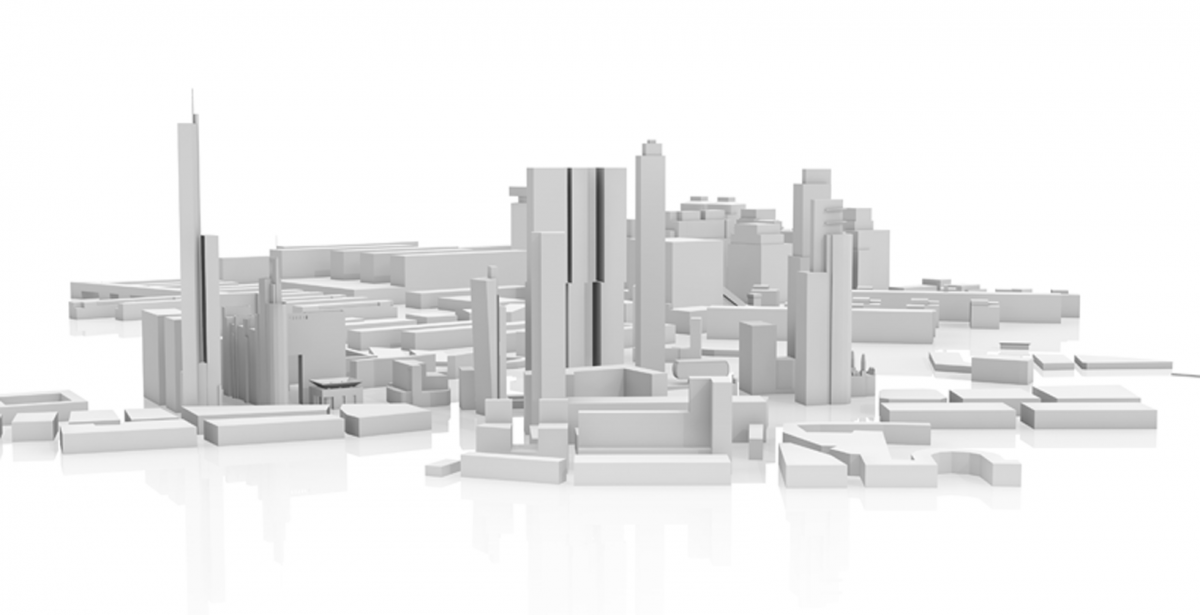Commercial real estate is constantly in a state of flux. For a myriad of reasons, the ebbs and flows in the market have a massive impact on the consumer, influencing everything from prices to availability to location. The continued rise of e-commerce and an ever-so-slight decrease in industrial absorption in 2018 gave us some interesting storylines that have us eager to swipe away the misty smoke in our crystal ball to see what changes we might be in store for this year.
1. Potential Reduction in New Office Construction
Looking at the skylines of some of the largest metro areas in the United States – places like Chicago and New York – you’d think there was a possibility that the cranes were installed as permanent art structures. They’re everywhere, and a testament to the continued alterations and additions to the city’s infrastructure. Just in looking it seems everyone is on the hunt for something bigger, swankier, and newer. 2019 might be different. The real estate market is always fickle (and due for a bit of increased scrutiny), construction costs continue to rise, and changes in zoning laws will continue to cause headaches for developers. Coupled with the shortage of skilled labor in the industry, the potential for a decrease in new office construction is fathomable.
2. The Rise of Hipsturbia
A few years ago, it was impossible to read about real estate without drawing a correlation between it and the Millennial generation. While that’s subsided somewhat, the old adage of what goes around comes around rings true. Many of the Millennials that flocked to the centers of major metropolitan areas are now hitting their early- to mid-thirties and seeking out more financially feasible ways to own property. This same demographic that was said to hate the suburbs are now flocking their en-masse, and where the masses go, so to do businesses and retailers.
3. The Odd Tête-à-tête Between E-commerce and Brick and Mortar Will Continue
It’s a strange and intricate web the two weave, and one that will keep people guessing for the foreseeable future. While there’s no denying the meteoric rise in e-commerce, it’s thanks in part to e-commerce giants that traditional brick-and-mortar stores are staving off their death knell. The most obvious example of this is Amazon’s $13-billion+ acquisition of Whole Foods. Online retailers with massive cash commodities (who themselves need offices and warehouses, and their employees residences) will only continue to show interest in traditional sales techniques.
4. The Expansion of Digital
It’s taken quite some time, but the real estate sector is catching up with the times. You don’t have to flip the calendar back too far to find a time when both commercial and residential listings could be found online with shoddy, flip-phone-quality photographs – or worse. As vastly visual creatures, it’s ingrained in our very DNA to seek out aesthetically pleasing things, and this extends to real estate as well. Gone are the days of 3-4 photos of an office or apartment complex accompanying a listing, and companies will continue to invest in technology (especially with advances in VR) and professional photography that will further extend the user experience.



